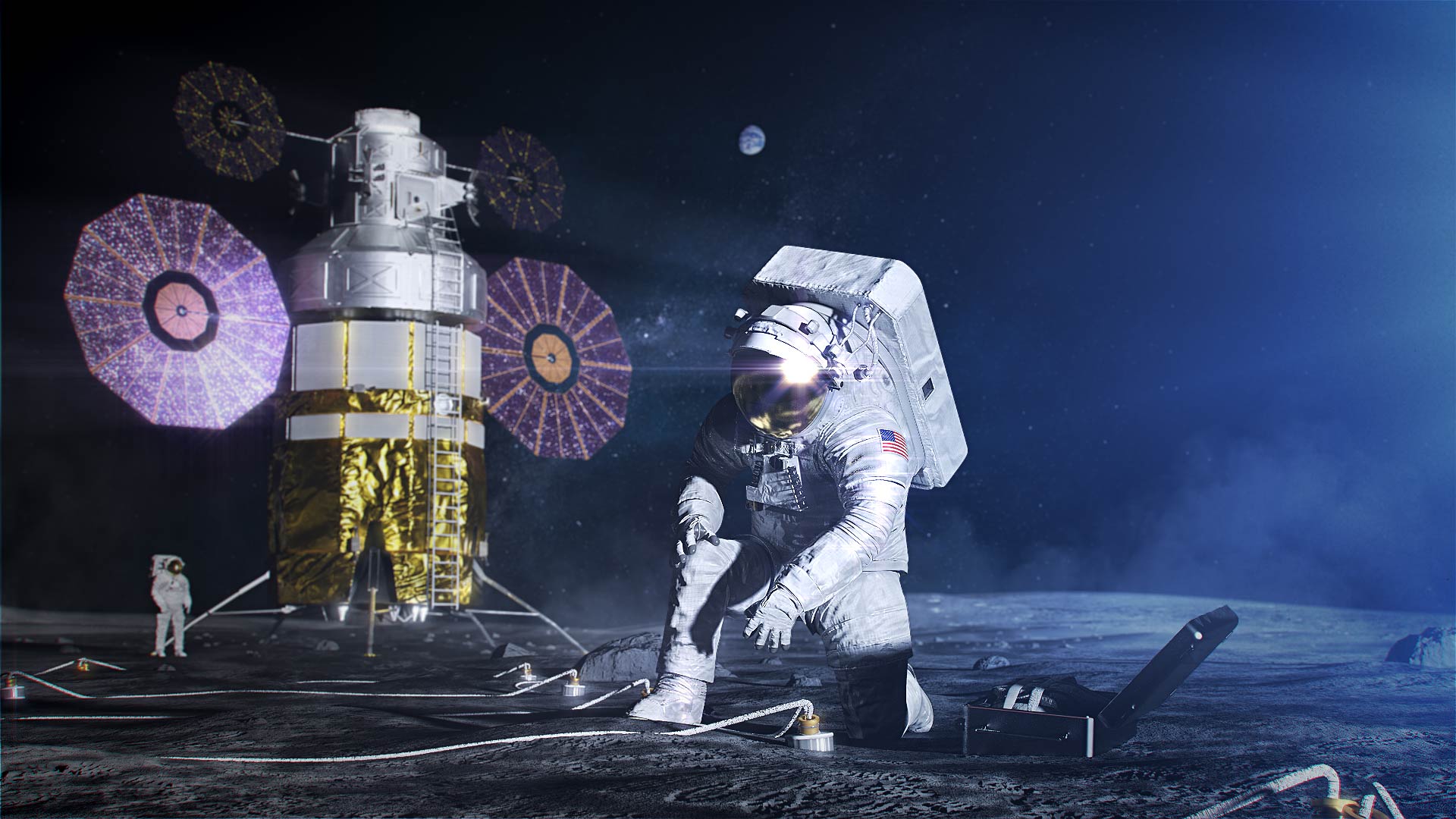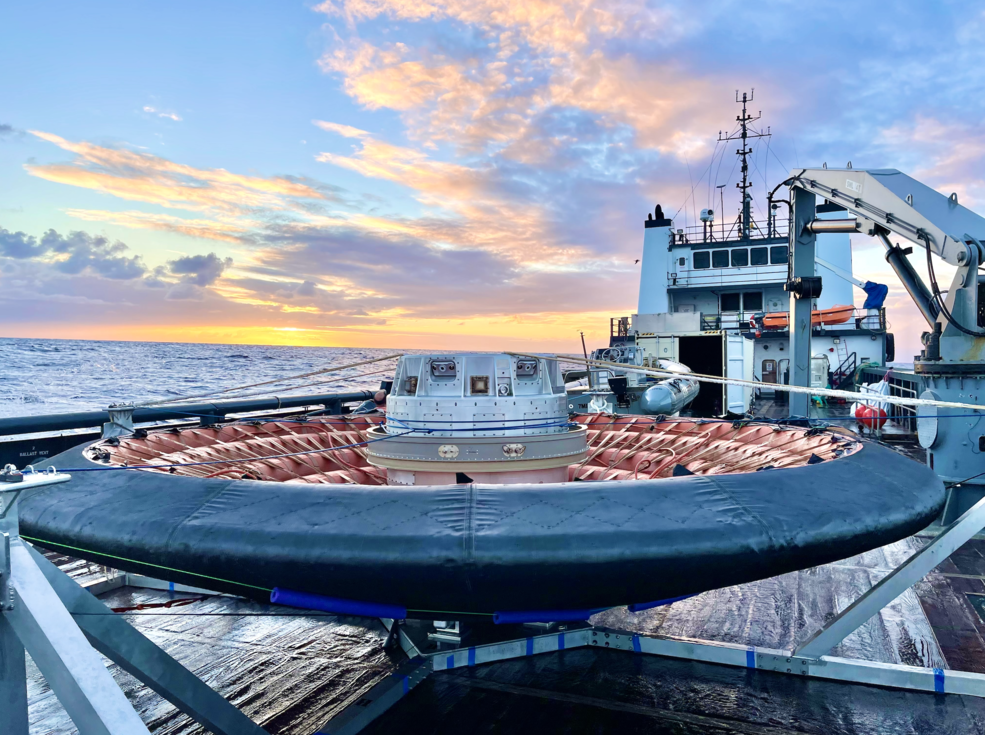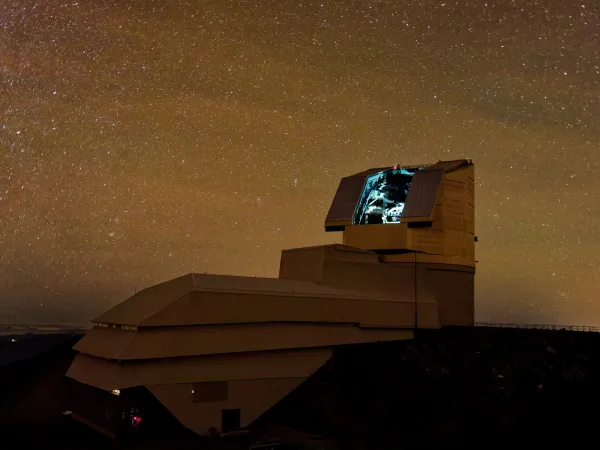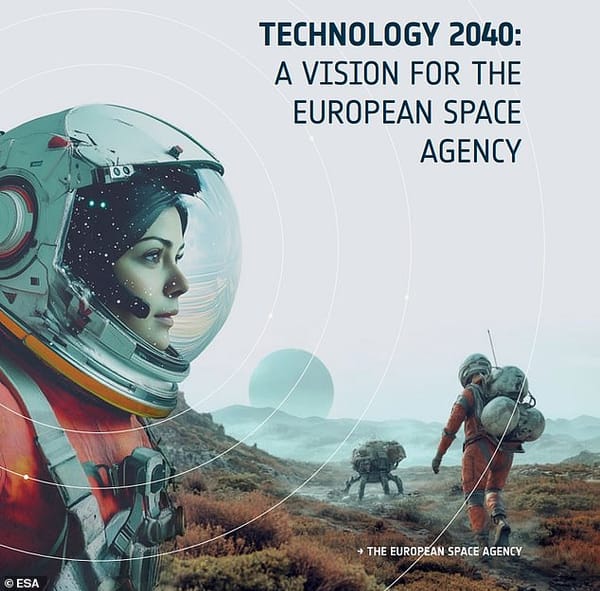Pathways to the Stars: Missions and Technologies Leading the Way
From Starship to synthetic biology, this post explores the real-world missions and emerging technologies driving humanity toward a multi-planetary future—and sets the stage for future interviews with the pioneers making it happen.
What was once the domain of science fiction is now an unfolding reality. In fact, many insist life must become multi-planetary to avoid existential demise or intellectual collapse. Several ambitious missions and groundbreaking technologies are actively shaping this future:
SpaceX's Starship Program
Spearheaded by Elon Musk, SpaceX is developing Starship, a fully reusable spacecraft designed to transport humans and cargo to Mars and beyond. The goal is to produce up to 1,000 Starships annually, facilitating the transport of one million tons of cargo to Mars every launch window to build a self-sustaining city.

NASA's Artemis Program
Aiming to return humans to the Moon, Artemis serves as a critical stepping stone for Mars exploration. The program includes the development of the Lunar Gateway, a space station that will orbit the Moon and support long-term lunar missions, providing valuable experience for future Mars endeavors.

Innovations in Propulsion Systems
NASA is advancing nuclear thermal and nuclear electric propulsion technologies to reduce travel time to Mars, enhancing safety and mission efficiency.
Inflatable Heat Shields
To safely land heavier spacecraft on planetary surfaces, NASA is developing inflatable heat shield technology, which allows for larger payloads and more precise landings.

Advanced Life Support Systems
Research into sustainable life support systems, including closed-loop habitats and bioregenerative life support, is crucial for long-duration missions and establishing permanent settlements on other planets.
- Life Support Subsystems at NASA Johnson Space Center
This comprehensive overview details NASA's capabilities in Environmental Control and Life Support Systems (ECLSS), including oxygen generation, carbon dioxide removal, water recovery, and waste management—critical components for long-duration space missions.
🔗 Life Support Subsystems - NASA - Advanced Life Support Systems on the International Space Station
An informative article highlighting the development, testing, and delivery of ECLSS for the ISS, showcasing how these systems are being refined for future missions to the Moon and beyond.
🔗 Advanced Life Support Systems on the International Space Station - Next Generation Life Support (NGLS) Project
An archived NASA project focused on developing technologies for future human exploration missions, including advancements in air revitalization, water recovery, and environmental monitoring systems.
🔗 Next Generation Life Support (NGLS) - NASA - 2018 Advancements in Life Support Systems
A technical report detailing progress in life support systems, emphasizing the development of reliable, energy-efficient, and low-mass spacecraft systems essential for long-duration missions beyond low Earth orbit.
🔗 2018 Advancements in Life Support Systems - Life Support Systems Design and Development
A NASA document discussing the design and development of life support systems, including the Water Recovery System (WRS) and Oxygen Generation System (OGS), and their applications for both space missions and Earth-based benefits.
🔗 Life Support Systems Design and Development - NASA
Astrobiology Missions
- Perseverance Rover (Mars 2020): Provides comprehensive information on the Perseverance rover's mission, instruments, and scientific goals.
🔗 Mars 2020: Perseverance Rover - NASA Science - Dragonfly Mission (Titan Rotorcraft Lander): Highlights how Dragonfly will investigate Titan's habitability and the progression of prebiotic chemistry.
🔗 NASA's Dragonfly Mission Sets Sights on Titan's Mysteries
Synthetic Biology and Terraforming Research
Scientists are exploring the use of engineered microbes to produce essential resources like oxygen and fuel on Mars, as well as studying materials like silica aerogel to create habitable environments through localized warming.
- NASA's Synthetic Biology Architecture: This project explores engineering microbes to detoxify perchlorate in Martian soil and enrich it with ammonia, facilitating agriculture on Mars.
🔗 A Synthetic Biology Architecture to Detoxify and Enrich Mars Soil for Agriculture - Engineering Microbial Symbiosis: A study proposing the use of engineered microbial symbiosis to support sustainable human presence on Mars.
🔗 Engineering Microbial Symbiosis for Mars Habitability - Synthetic Biology for Terraformation: An article discussing the role of synthetic biology in terraforming Mars, drawing lessons from Earth and beyond.
🔗 Synthetic Biology for Terraformation Lessons from Mars, Earth, and the Microbiome - Silica Aerogel for Martian Habitability: Research demonstrating how a layer of silica aerogel could create habitable environments on Mars by warming the surface and allowing photosynthetic life to thrive.
🔗 Enabling martian habitability with silica aerogel via the solid-state greenhouse effect
These initiatives represent the vanguard of our journey toward becoming a multi-planetary species. Each offers a unique avenue for exploration, innovation, and collaboration. In future blog posts, we will delve deeper into these topics, featuring interviews with the scientists and engineers driving these efforts.
Is there a frontier you'd like to see us cover next? Your curiosity could shape a future post.





